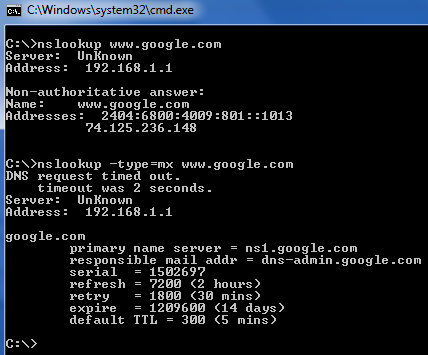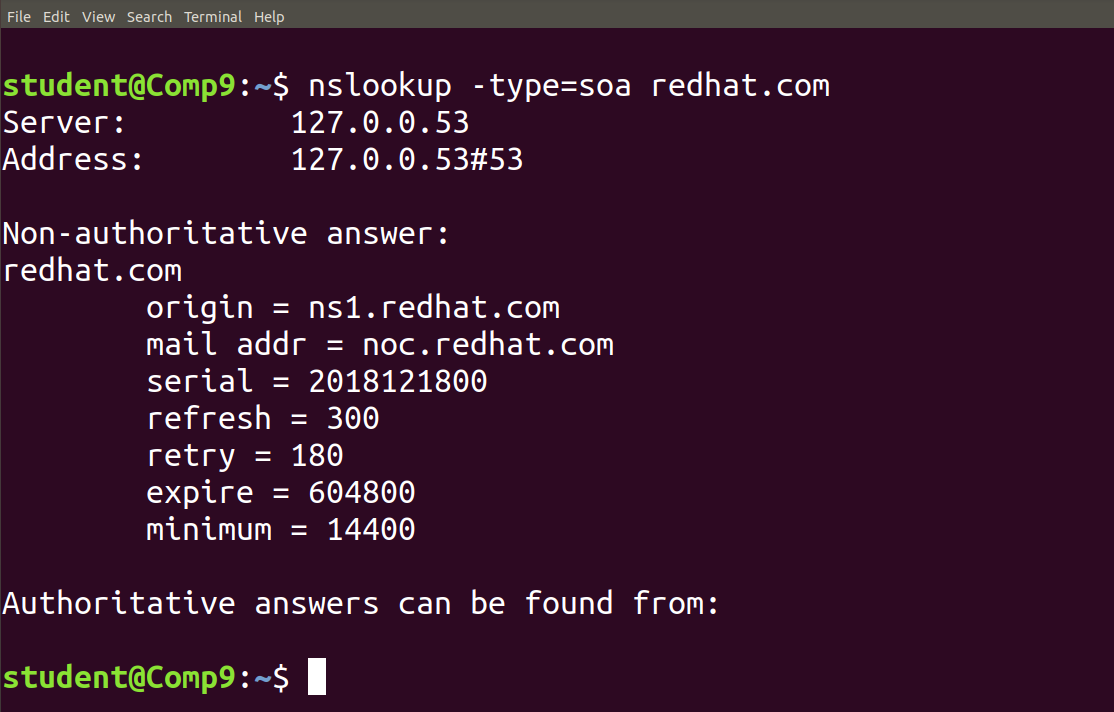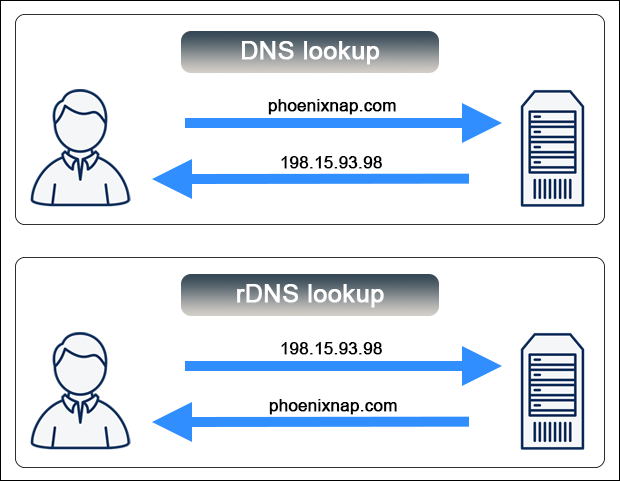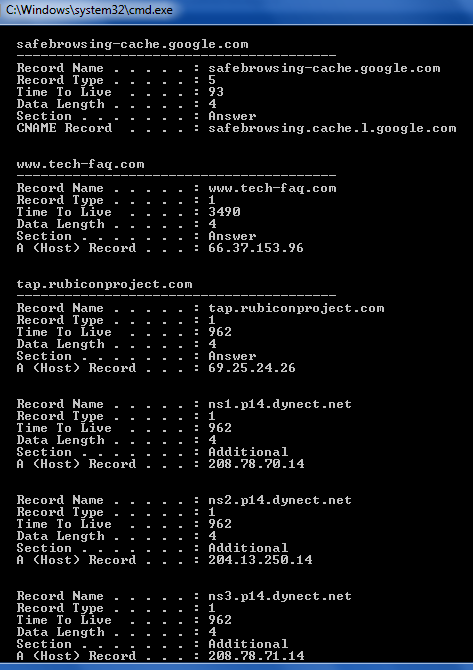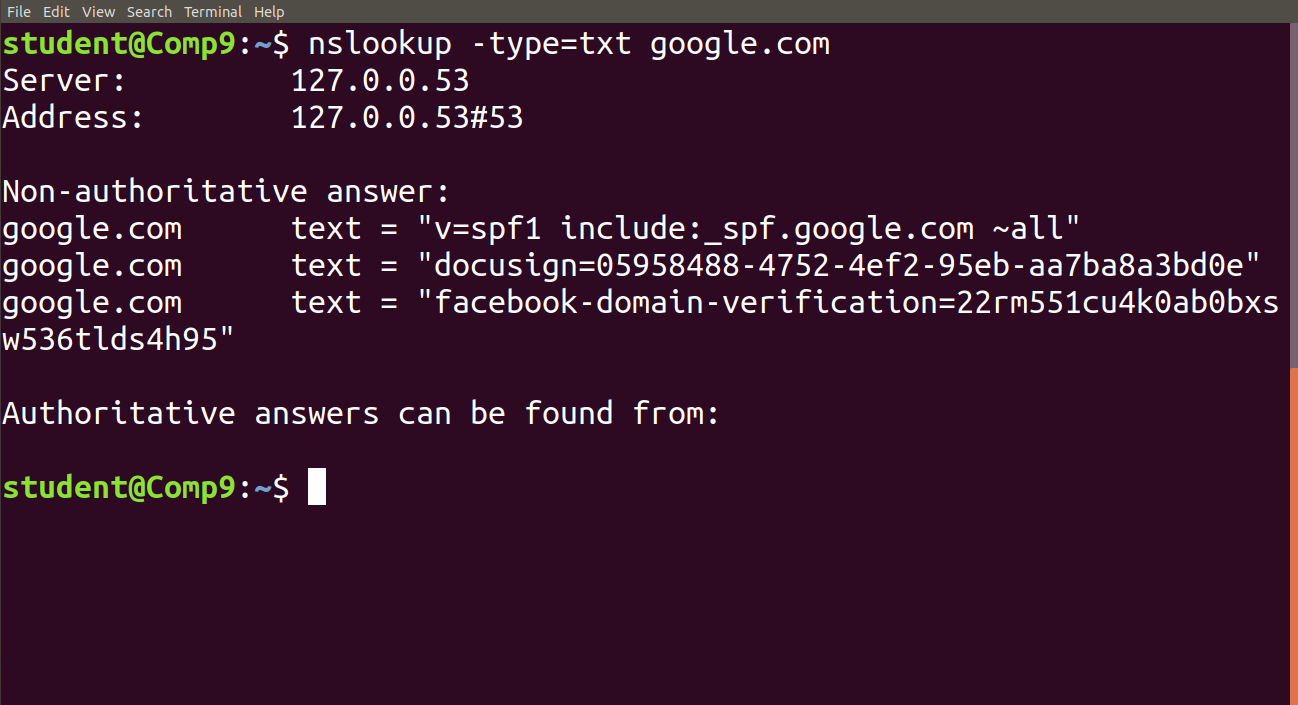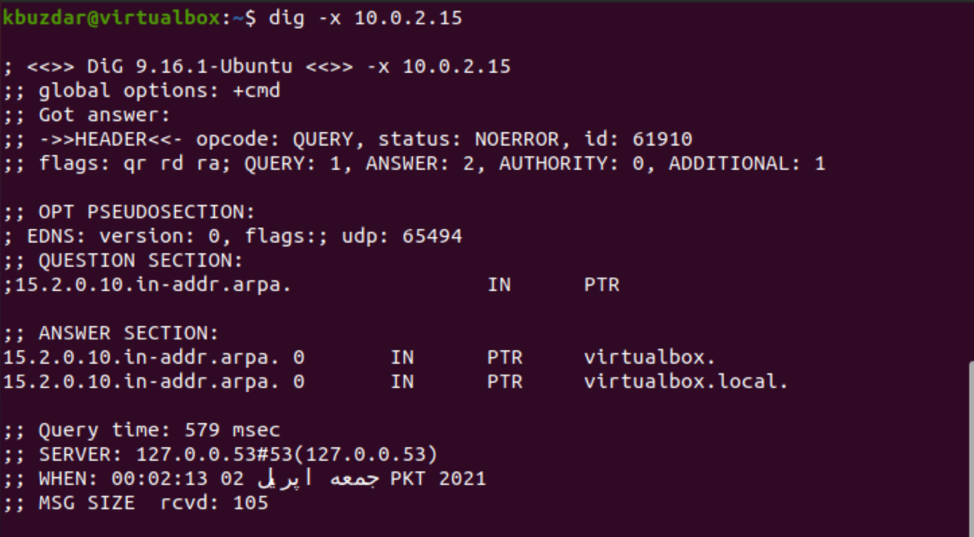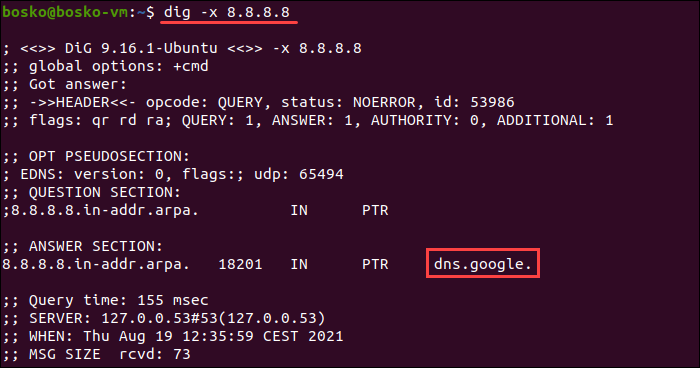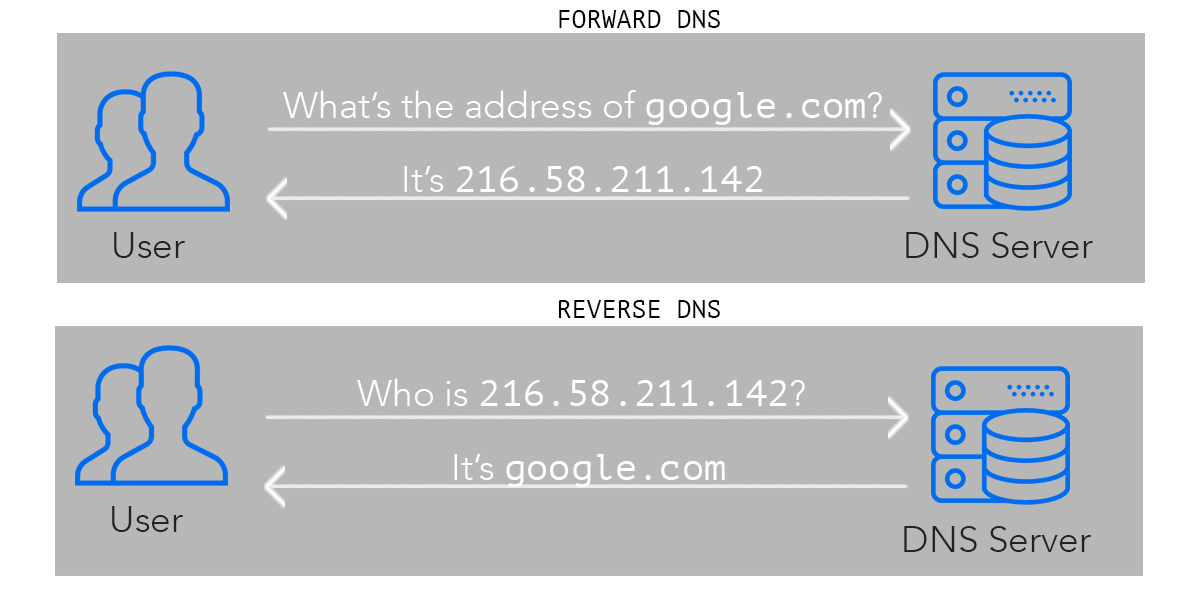Spectacular Tips About How To Check Reverse Dns Nslookup

Nirsoft's dnsdataview is a free dns lookup tool with a graphical user interface (gui) for windows that can replace the nslookup command in most use cases.
How to check reverse dns nslookup. Pointer records are used for reverse dns lookups to confirm that the ip address belongs to a specific domain name. Perform manual rdns lookup in windows using the nslookup command. Check if the any websites are hosted on an ip by doing a reverse dns lookup.
In this case, we are using mxtoolbox. Nslookup followed by the domain name will display the a record (ip address) of the domain. Using reverse ip lookup tool.
How to check rdns (reverse dns) with command line tools. How to do a reverse dns? It queries dns servers for information about domains and records.
To perform reserve dns lookups you simply put the ip addresses instead of the server names, as follows: First, we have to open the cmd app, better known as command prompt. Just enter the ip address and click on the submit button.
For example, to find all the dns records of the domain yahoo.com. Use the windows command line. Note that this will work.</p>
It queries to domain name servers. Two methods to check ptr record and reverse dns lookup. Rdns simply maps the address with.
Perform the methods below to see your domain’s ptr record value and make sure that you’ve set a reverse. Use this command to find the address record for a domain. To do this, open the.
You can use the dig command to perform the reverse dns lookup in linux. Reverse dns lookup (windows) for windows users, the nslookup command via the command prompt is the best way to do a reverse dns lookup in a windows server. The best linux command to perform reverse dns lookup is dig command.
To find all dns records of a specific domain, use the following syntax: It has a very simple. When using the ptr option, type the ip address in reverse,.
The tool will perform the reverse ip lookup and provides you the result. Rdns or reverse dns is just the opposite of fdns or forward dns. Using the dig command, you can easily perform.
